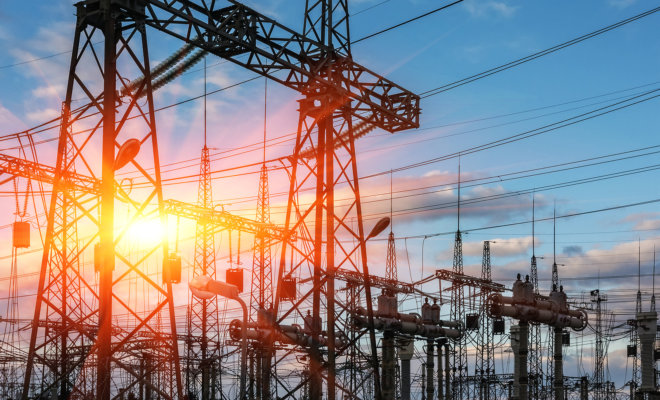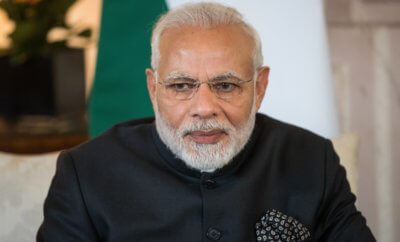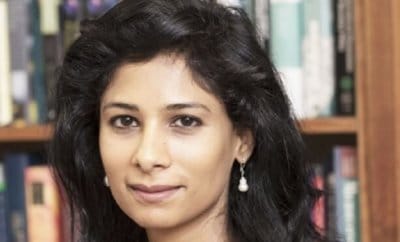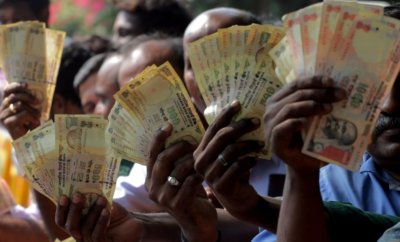India
Electrification in India Better Than Govt Claims, Says World Bank

Representational Image
Photo: Bigstock
World Bank says about 85 per cent of Indian population has access to electricity while the government is reporting the figure in low 80s.
Less than a week after Indian Prime Minister Narendra Modi announced that all villages in the country have been electrified, the World Bank has said that more people in India have access to electricity than that portrayed by the Indian government.
Observing that India is doing “extremely well” on electrification, the World Bank report noted that the country has been providing electricity to 30 million people each year, more than any other country between 2010 and 2016, according to PTI.
Even as challenges remain to provide electricity to rest of the 15 per cent of 1.25 billion Indian population, the country will achieve universal access to electricity before the set target of 2030, Vivien Foster, Lead Energy Economist at the World Bank, told PTI.
Foster, who is the lead author of the report on Energy Progress, said the figures they report are higher than that cited by the Indian government. “India is doing extremely well on electrification. We are reporting India about 85 per cent of the population has access to electricity. That might surprise you. The government is currently reporting in low 80s,” Foster was quoted as saying by the news agency.
Foster pointed out that World Bank’s method of data collection is household survey while the government figures are based on official utility connection.
“In absolute terms, India is doing more on electrification than any other country. Thirty million a year, is really an astounding performance and it stands out from the crowd,” she was quoted as saying.
While India is entering the final stage of electrification, the country is not the fastest in the process. Bangladesh and Kenya, for example, are faster in electrification than India, Foster said.
“You are already well over 80 per cent, so you’re getting into the more difficult aspects of electrification: the more remote population, the harder to reach people,” she added, pointing out reliability of service as an area of concern. “We know that in some parts of India or having the connection doesn’t necessarily guarantee the energy’s reliable supply. So, getting the connection obviously is very important, but India still has a long way to continue to work on actually making that access meaningful in terms of hours of service,” Foster said.
About 250 million people in India will gain electricity access between now and the early 2020s when the country is expected to reach full access stage, the report projects. The rapid growth of electricity access in India is propelled by the country’s $2.5 billion electrification program to reach universal electrification.




You must be logged in to post a comment Login